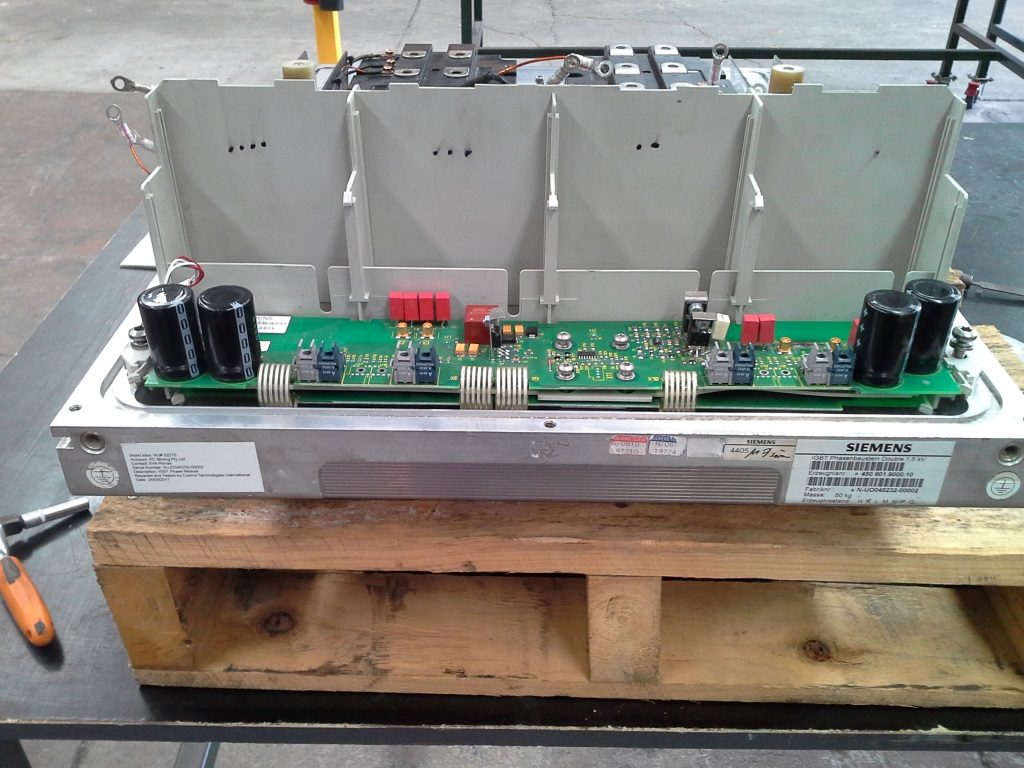
The Power Play of IGBT Modules: Unleashing Performance and Efficiency
- by Jose Bryant

In the realm of power electronics, IGBT modules stand out as a vital component that fuels the operations of various high-power systems. The acronym IGBT stands for Insulated Gate Bipolar Transistor, a semiconductor device renowned for its ability to seamlessly combine the high-speed switching of MOSFETs with the low-power drive required by BJTs. This unique amalgamation renders IGBT modules exceptionally efficient for a wide array of applications, from motor drives and renewable energy systems to industrial machinery and electric vehicles.
The inherent prowess of IGBT modules lies in their capacity to handle high power levels with minimal energy loss, a feat that directly translates to enhanced performance and energy efficiency in electronic systems. By harnessing the power play of IGBT modules, engineers and designers can optimize the operation of their applications, leading to improved functionality, reduced power consumption, and overall cost-effectiveness. The integration of IGBT modules serves as a cornerstone for modern power electronics, enabling the creation of innovative solutions that push the boundaries of performance and efficiency.
Benefits of IGBT Modules
IGBT modules offer enhanced power capability, allowing for efficient handling of high levels of current and voltage. This results in improved performance and reliability in various applications, from motor drives to renewable energy systems.
Another key benefit of IGBT modules is their compact design, which contributes to space-saving in electronic devices and equipment. This compactness also helps reduce overall system costs by minimizing the need for additional cooling and space requirements.
Furthermore, IGBT modules provide excellent thermal management, ensuring optimal temperature control during operation. This leads to extended lifespan of the modules and enhanced overall system efficiency, making them a preferred choice for modern power electronics.
IGBT Module
Applications of IGBT Modules
IGBT modules find wide applications in renewable energy systems, such as solar inverters and wind turbines. Their ability to efficiently switch high voltages and currents makes them ideal for converting DC power generated by solar panels or wind turbines into usable AC power for homes and businesses. The reliability and performance of IGBT modules contribute significantly to the overall efficiency of these renewable energy systems.
In the automotive industry, IGBT modules are integral components in electric vehicles (EVs) and hybrid electric vehicles (HEVs). By controlling power flow between the battery and the electric motor, IGBT modules help optimize energy usage and enhance driving range. The compact size and high power density of IGBT modules make them well-suited for the space-constrained environments of electric vehicles, enabling more efficient and eco-friendly transportation solutions.
Industrial applications of IGBT modules span various sectors, including industrial drives, welding machines, and motor control systems. IGBT modules play a crucial role in enhancing the efficiency and reliability of industrial equipment by enabling precise control of motor speeds and power output. From conveyor belts to pumps to compressors, IGBT modules contribute to smoother operation and lower energy consumption, leading to cost savings for industrial facilities.
Future Developments in IGBT Technology
The future of IGBT modules appears promising as advancements continue to be made in enhancing performance and efficiency. One area of development is the push towards higher power densities, enabling the creation of more compact and energy-efficient devices. This trend towards miniaturization is driven by the demand for smaller, lighter electronics in various applications.
Moreover, improving thermal management capabilities is another key focus in the evolution of IGBT technology. By enhancing thermal conductivity and heat dissipation within the modules, manufacturers aim to increase the reliability and longevity of these components. Efforts are being made to optimize thermal interfaces and materials, ensuring efficient cooling and operation under challenging conditions.
Furthermore, the integration of smart features and enhanced control mechanisms is a direction in which IGBT technology is progressing. This includes implementing advanced monitoring systems, fault detection capabilities, and innovative switching techniques to maximize performance while maintaining reliability. The future development of IGBT modules is set to revolutionize power electronics across industries, paving the way for more sustainable and efficient solutions.
In the realm of power electronics, IGBT modules stand out as a vital component that fuels the operations of various high-power systems. The acronym IGBT stands for Insulated Gate Bipolar Transistor, a semiconductor device renowned for its ability to seamlessly combine the high-speed switching of MOSFETs with the low-power drive required by BJTs. This unique…